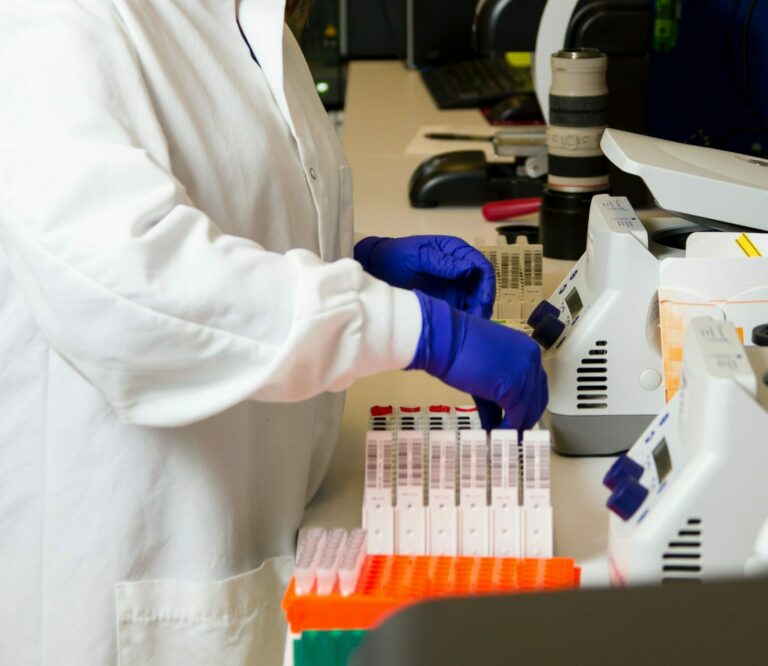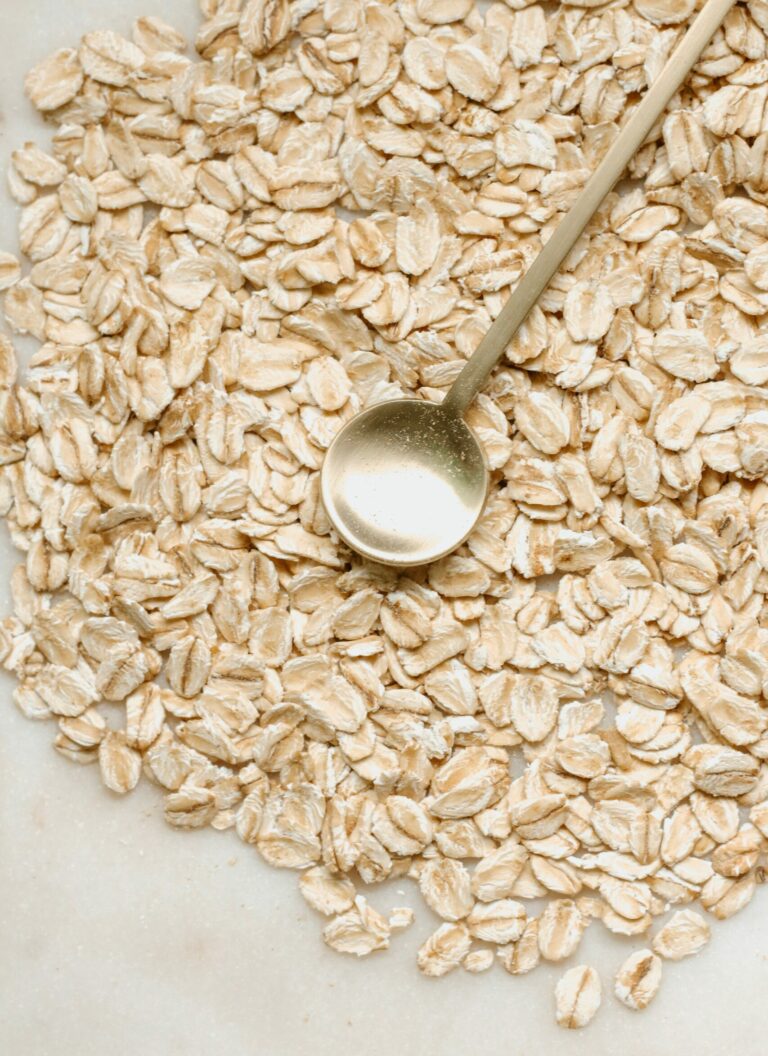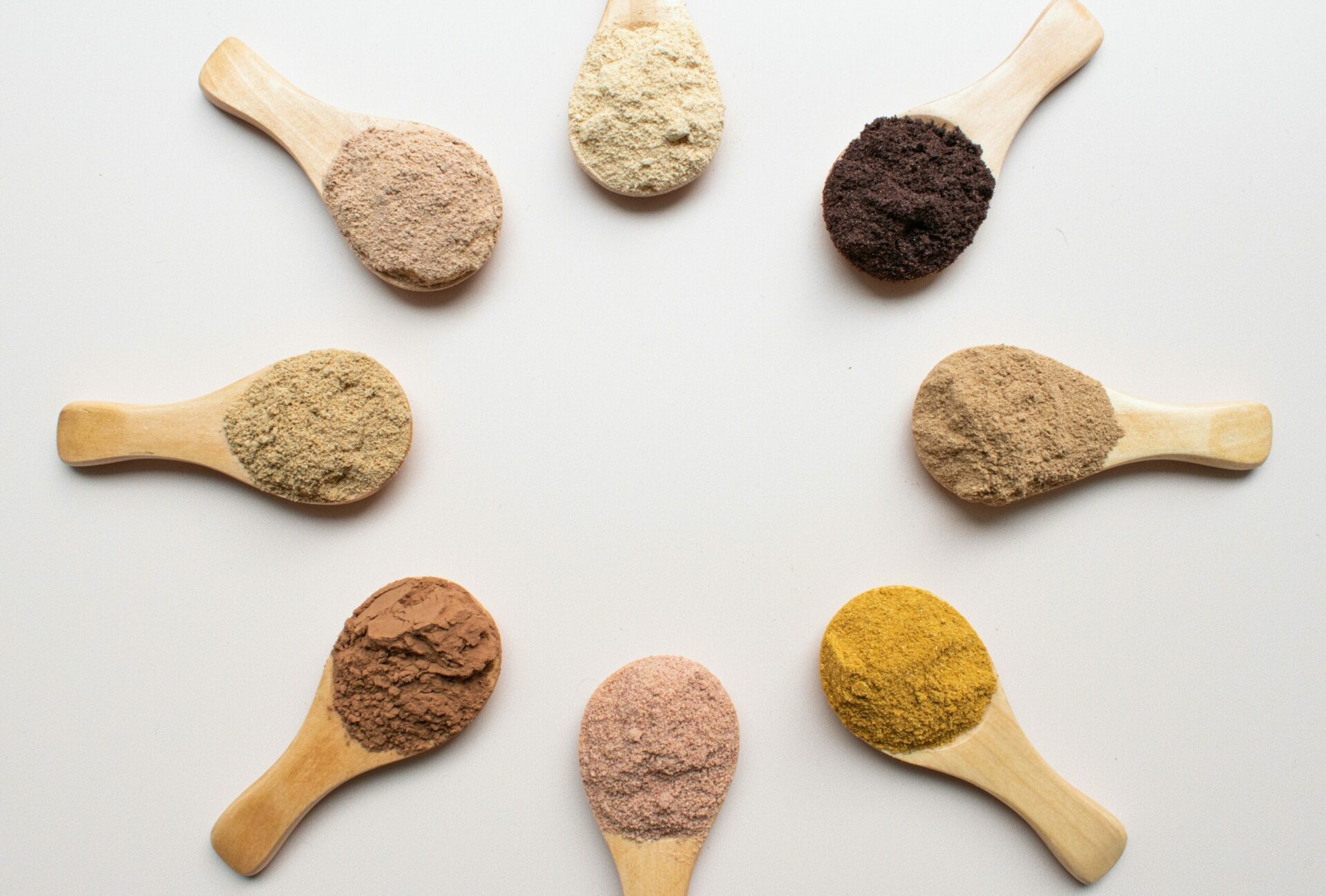Mineral deficiencies are more widespread than you might think. When minerals are lacking, chronic diseases can develop as a result. Mineral deficiencies can also aggravate existing ailments or prevent them from healing. A good supply of minerals is therefore an important aspect of any holistic therapy and prevention. However, in some cases the blood count is not the right way to detect a mineral deficiency. We explain to you the details around the diagnosis of a mineral deficiency.
What minerals does the body need?
Minerals and trace elements are vital inorganic nutrients that cannot be produced by the body itself and must therefore be supplied to the body with food. They fulfill numerous functions in the organism. A mineral deficiency can be massively harmful to health and even worsen health complaints, promote their development and inhibit healing processes. A good supply of minerals is therefore always part of sensible prevention and therapy.
A distinction can be made between minerals and essential trace elements. Minerals are required by the body in larger quantities and trace elements in smaller quantities.
7 essential minerals
Minerals are found in the human organism in quantities of more than 50 mg per kilogram of body weight. Among the minerals are:
- Magnesium
- Calcium
- Potassium
- Chlorine
- Phosphorus
- Sulfur
Sodium, chlorine and phosphorus deficiencies are almost never an issue, as phosphorus in particular is abundant in almost all staple foods such as meat, cheese, grains and nuts, and sodium and chlorine are also usually more than adequately consumed through table salt (sodium chloride) alone.
9 essential trace elements
Trace elements occur in the human organism in quantities of less than 50 mg per kilogram of body weight. Iron is an exception: It is referred to as a trace element, although at 60 mg per kilogram of body weight it should actually be counted among the minerals.
Essential trace elements include:
- Iron
- Iodine
- Copper
- Zinc
- Selenium
- Manganese
- Chrome
- Cobalt
- Molybdenum
Silicon and boron are also among them. However, it is not yet clear whether these are essential for humans or not.
Causes & symptoms of mineral deficiency
On the one hand, a mineral deficiency can be caused by an unbalanced diet and the frequent consumption of nutrient-poor convenience foods and fast food. On the other hand, the nutrient density in some foods has constantly decreased in recent decades due to incorrect fertilization methods, insufficient mineralization and industrial processing of soils. Food alone cannot provide the body with enough minerals in many cases nowadays. Therefore, mineral intake should be kept in view and checked regularly.
A mineral deficiency can cause non-specific symptoms such as Fatiguea changed skin appearance and hair loss may occur. If you experience such diffuse complaints, it is best to have your mineral supply checked. But also serious and chronic diseases such as osteoporosis, cardiac arrhythmia or anemia can be promoted.
Diagnose & balance mineral deficiency
If you have a mineral deficiency, you can counteract it with dietary supplements or infusions and thus not only improve your symptoms, but also prevent further health problems and improve your general fitness.
Check your diet

Often, simply checking your personal diet can provide initial indications of your mineral supply. At best, keep a food diary in which you note down nutrients, minerals and vitamins. A conversation with a holistic nutritionist can also be helpful.
However, the nutrient content of the food alone does not say much about how well the nutrients can ultimately be absorbed and utilized by the organism. Therefore, a comprehensive diagnosis with the help of appropriate laboratory values is the safer option. Such examinations are offered by your family doctor or alternative practitioner.
Check your minerals with hair or nail samples

The first signs of a chronic mineral deficiency can be found in a nail or hair analysis. You can commission such an analysis yourself.
After ordering, you will often receive a letter with instructions on how to take the hair or nail samples yourself, which you send back to the laboratory in an envelope. You will then be informed of your test result by e-mail.
Have a blood count and other tests done

Some mineral values can be determined with the blood tests. At the doctor's, however, minerals are rarely considered and only on request. Even in the case of existing complaints and the diagnosis of diseases, a mineral deficiency is rarely considered as a possible cause and is only examined on explicit request. At most, iron levels are checked from time to time. Finally, it is still assumed that mineral deficiencies cannot occur in industrialized nations.
Calcium, magnesium, iron, iodine and zinc are among the most common mineral deficiencies in Germany. Therefore, in the following we will show you further possibilities to get to the bottom of the deficiencies of the mentioned minerals.
The 5 most common mineral deficiencies
If you have a mineral deficiency, you can counteract it with dietary supplements or infusions and thus not only improve your symptoms, but also prevent further health problems and improve your general fitness.
1. calcium deficiency

Calcium is found to 99 percent in bones. The remaining percent is distributed among the blood and the cells of the other organs. The blood calcium level is always kept the same by the organism as far as possible. As soon as it drops, calcium is released from the bones. When the blood calcium level rises again, the dissolved calcium is returned to the bones. Therefore, a blood test to determine calcium supply is the best option. Deficient calcium levels can cause numerous symptoms, including skin dryness to eczema, skin tingling, cardiovascular difficulties, and tooth decay. The requirement for calcium in adults is about 1000 mg per day.
Calcium deficiency can also occur under certain circumstances with Western diets if calcium absorption is blocked by a severe vitamin D deficiency. A problem at this point is otherwise more likely to be calcium excess with simultaneous magnesium deficiency. In a purely plant-based diet, calcium deficiency is common if insufficient calcium-containing plant foods are consumed as an alternative to dairy products.
2. magnesium deficiency

Magnesium is mainly found inside cells and only one percent in blood serum, i.e. the blood fluid without blood cells. More than half of the body's magnesium is found in the bones. Therefore, magnesium is important for bone health, but is often neglected. Accordingly, a calcium-magnesium imbalance can occur, which has a negative effect on bone health. A typical magnesium deficiency symptom is muscle cramps, especially in the calves, since the mineral is responsible for healthy muscle and nerve functions, among other things. Cardiac arrhythmias can also occur, since the heart is also a muscle. If digestive complaints also occur, such as constipation, then this could also indicate a magnesium deficiency.
The daily magnesium requirement is about 300 to 400 mg. Doctors usually have the magnesium level determined in the serum. However, a mineral deficiency, and in particular a magnesium deficiency, usually only becomes apparent when it is already severe. It therefore makes more sense to analyze the magnesium level in whole blood. If you have a hair mineral analysis performed, note that an excess in the analysis result can also indicate a possible magnesium deficiency.
3. iron deficiency

Iron is responsible for oxygen transport in the body. For this purpose, 70 percent of it is found in hemoglobin, the blood pigment of red blood cells. In the case of an iron deficiency, the organism can no longer be supplied with sufficient oxygen. As a result, those affected are chronically tired and exhausted. Dizziness, hair loss, poor nails and headaches also accompany an iron deficiency. The iron requirement is 10 - 15 mg per day, and 20 - 30 mg for pregnant and nursing women.
If you suspect an iron deficiency in you, you can first check whether symptoms such as exhaustion, concentration problems, depressive moods, sleep disorders, dizziness, headaches, neck tension, hair loss, nail brittleness and restless legs occur in you.
A blood count can then be performed, and the ferritin value (storage iron) is determined. This value is more reliable than the hemoglobin and hematocrit value, which only reaches a low level in the case of a serious iron deficiency. The ferritin value can be used to determine the body's iron status early and more accurately. Other values (MCV, MCHC) help the physician to determine the possible cause of the anemia.
The serum iron value, on the other hand, is not a good indicator of the body's iron supply. It often remains in the normal range, even if there is already an iron deficiency, and only drops when the deficiency is already pronounced.
In addition, it also decreases with every inflammation in the organism, since the iron is converted into storage iron in such cases. Free iron in the blood would disrupt the immune system. However, a powerful immune system is very important in cases of inflammation. In this case, it would be favorable to refrain from taking iron in order not to deliberately weaken the immune system.
4. iodine deficiency

Iodine is considered the most important trace element for the thyroid gland, as it is an important component of thyroid hormones. Therefore, 99 percent of the body's iodine is found in the thyroid gland. Since thyroid hormones keep the entire metabolism running, an iodine deficiency quickly manifests itself in a slowed metabolism. The typical symptoms of so-called "iodine deficiency-related hypothyroidism" are fatigue, obesity with low food intake, loss of appetite, depression, constipation and slowed heartbeat. In children, inhibited physical and mental development is a consequence of iodine deficiency. The iodine requirement of an adult is 150 - 200 mg daily. Pregnant women and nursing mothers should pay attention to an iodine intake of 200 - 300 mg. In the case of hypothyroidism, it is better not to take more iodine than necessary.
The iodine status can be measured in the urine. If the iodine values are low, an iodine deficiency can be assumed. Furthermore, thyroid levels are often measured in addition. An elevated TSH value indicates that not enough iodine is available to produce sufficient thyroid hormones. However, a high TSH value can also have other causes.
5. zinc deficiency

Zinc has very specific areas of responsibility. For example, it takes care of the immune system, so that a deficiency can lead to increased susceptibility to infections. As a component of antioxidant and detoxifying enzymes, it improves the body's defenses and protects against oxidative stress caused by toxins and pollutants. Zinc is also found in the reproductive organs and is therefore essential for fertility. Bone health also depends on a good zinc supply.
A zinc deficiency can manifest itself in skin problems such as acne, dry skin, dandruff or poor wound healing, nail changes and hair loss. Increased susceptibility to infections and limited fertility can also result in inadequate zinc levels. The zinc requirement of an adult is about 10 mg per day. Since a zinc deficiency is present in a number of chronic diseases, the zinc level should be checked, especially in the case of already existing complaints.





